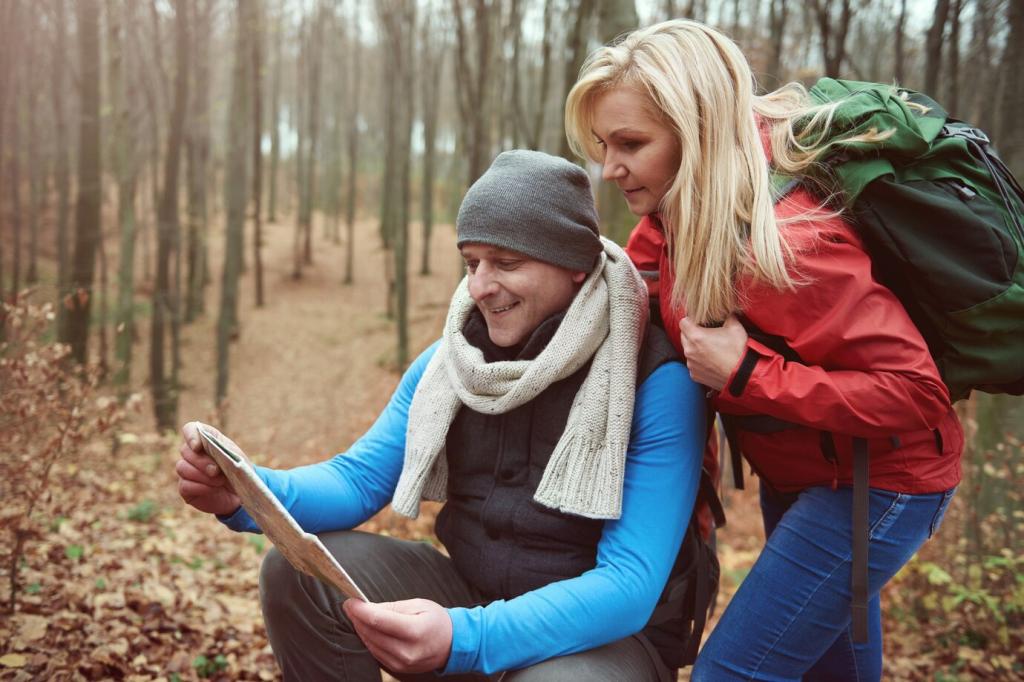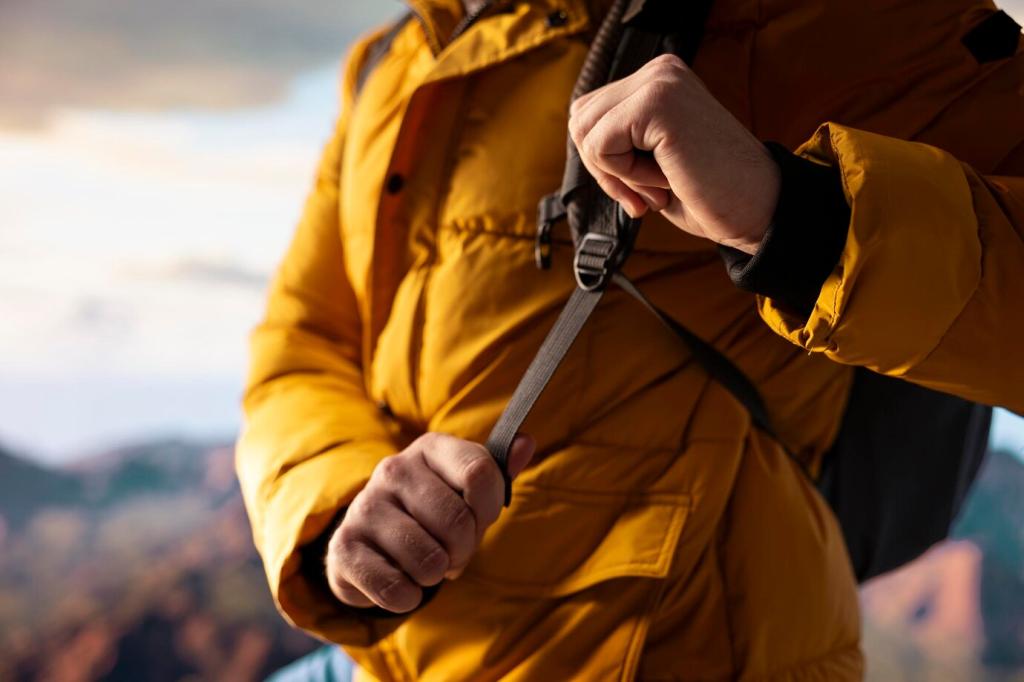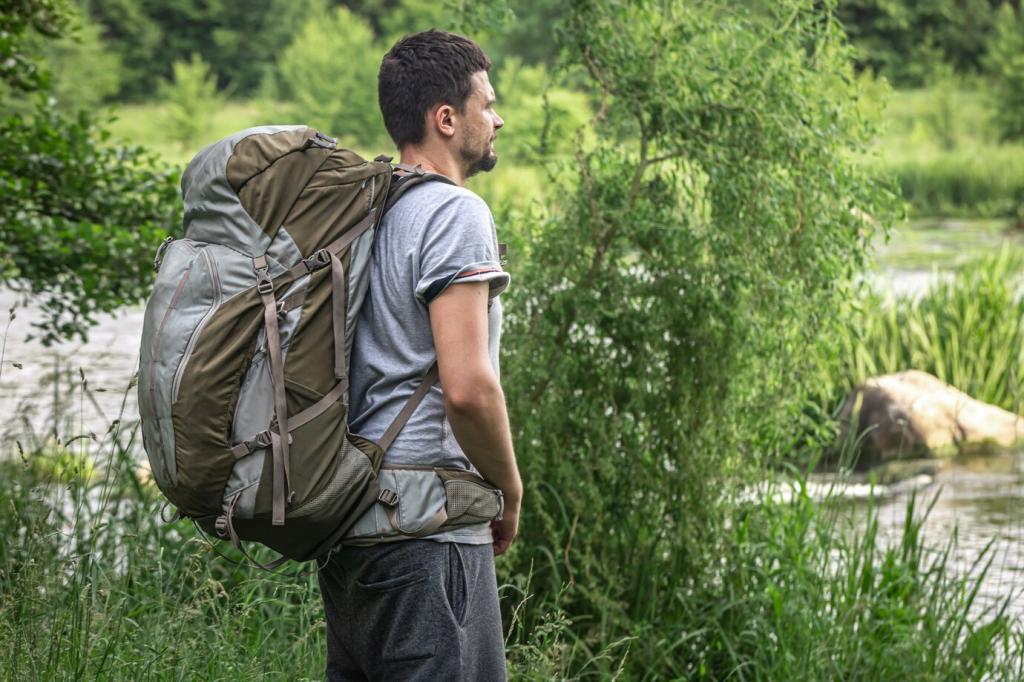Mindset and Motivation Across the Year
Some hikers bloom in conversation, others in quiet observation. In groups, jokes flatten tough climbs; solo, you hear wind through pines like an old friend. Both paths are valid. Which fuels you more—shared laughter or inner stillness? Add your voice and subscribe for stories that honor both modes.
Mindset and Motivation Across the Year
Groups excel at commitments—6 a.m. means 6 a.m. Solo hikers thrive on flexibility, adapting to weather or whim. Mix both: join partners for ambitious routes, wander alone for micro-adventures. What balance keeps you consistent? Share your rhythm and inspire another hiker to find their stride this season.







